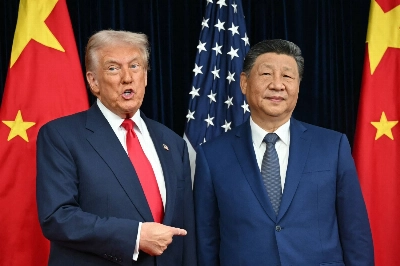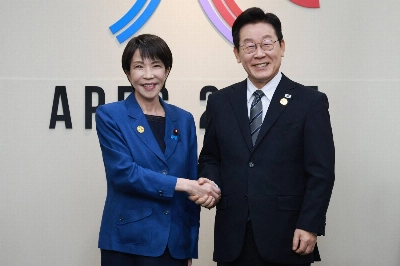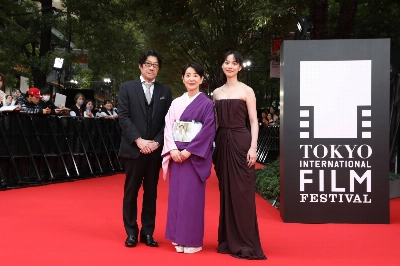Japan's core machinery orders unexpectedly fell for a second straight month in May, government data showed on Thursday, stoking worries about capital spending and the sustainable recovery needed for the Bank of Japan to raise interest rates.
The volatile leading indicator of capital spending fell 3.2% month-on-month in May, following a 2.9% drop in April and confounding analysts in a Reuters poll who expected a 0.8% increase.
The decline in machinery orders may be a bad omen for the BOJ's plans to normalize monetary policy as it embarks on unwinding its unconventional policy.


















With your current subscription plan you can comment on stories. However, before writing your first comment, please create a display name in the Profile section of your subscriber account page.